Car Design Course
Automotive Design & Marketing Management
Welcome to the fourth post of the Automotive Marketing and Design Course. In the previous post we briefly saw the design phases and we entered the first phase, Product Planning. In this post, and the next, we will look at the automotive market trends using the automotive design point of view. When a manufacturer starts the design of a car that will go into production, it orders really complex market studies to companies or teams specialized in this topic. In these two posts we will obtain part of that information in advance, so we will be able to generate proposals and concepts that have real value for the brand. In other words, we will have the advantage of having extra information, which is what is normally provided to designers. Fortunately, it is relatively public information, as some consulting firms present public reports on industry trends each year, although without focusing on automotive design and development. Designing a car can be confusing for us, because it is something really emotional and we are passionate about it. Designing a unique car (one-off) for a client is to work on the passion that the client has for creating a custom car. But creating a design for a large automotive brand, sadly, is quite different. We can not justify a design based on our passion, but on more tangible figures and data. Therefore, knowing the market trends will help us to justify our designs against the big brands.
TECHNOLOGY AND MARKET TRENDS
Trends in the automotive sectorIt is vital to identify automotive trends, since a car is not designed for the present, but a car is designed for the future. This is because the entire vehicle design process takes about five years. So the brand can not enter the market with a car that is out of date with the technology of several years ago, nor more outdated than the competitor's vehicle. There is a change in mentality in automotive companies, going from manufacturing only cars to providing mobility services. Although this idea is not new, it is becaming more importante. Nowadays, it is taken into consideration how the vehicle can be connected at home, how traffic can be decongested in large cities, how the customer can always find parking, how the car will notify you and automatically book an appointment for a review, how you can stay informed of the latest news while driving, etc. Designing based on these trends will give us a competitive advantage over other designers, thus being able to present a clear and defined value proposition.
The main trends in the sector today are the following:
1 - Population concentration in large urban groups: This leads to traffic congestion, a decrease in parking spaces and a significant increase in pollution. Due to this phenomenon, car-sharing companies appear, since these cities usually have very efficient transport facilities. Due to this, the consumer has no need to have a vehicle for commuting daily, but he does need it for occasional movements. This trend may be reversed by the Coronavirus pandemic. Here there is a great opportunity for the designer, whether the trend continues or is reversed; totally changing the situation. In addition, as we will see in the following points, it combines really well with some trends, so it helps us define the key aspects of the car of the future.
2 - Non-owned vehicles: This need arises from the previous point. Car-sharing is gaining more importance, the client demands to pay only for the punctual use of a vehicle without worrying about maintenance or looking for a parking space. This gives rise to a new opportunity or concern on the part of companies, and controlling larger fleets becomes a necessity. If we add connectivity and interaction with the environment to this trend, a complex system will be created in which fleets with a multitude of vehicles will have to be managed, under an “on-demand” transport system. In addition, it must be done in such a way that it does not cause traffic jams, that routes are optimized and that there is enough space to park the vehicle while another user demands the next service. Like the previous point, this trend can be reversed by the current situation. This greatly affects the vision of the designer, as it changes the target customer: car-sharing companies instead of a private customer. We usually consider two sales channels: The particular channel and private channel that are the companies. When a brand designed a vehicle that will be sold mostly in the particular channel, it focuses increasingly on finding a more specific market niche that meets very specific individual needs. This forces manufacturers to offer a larger product portfolio and market niches to be smaller. But this approach will change completely, in fact it is already changing today, since the private channel is gaining more and more strength compared to the particular channel. This will increase the demand for non-owned vehicles, either through car-sharing or because the manufacturer decides to implement a pay-as-you-go system. This impacts the design as follows:
There are a large number of people who only consider the car as a practical tool to get from point A to point B. These will be the first buyers to stop buying new cars to switch to pay-per-use, gradually, as the offer of car-sharing services increases and improves. The boom will begin in the big cities. Therefore, the vehicles that were previously sold to this target will now be totally different vehicles for collective use. These vehicles will be sold to companies, or they will be offered by the same brand under the payment method for use. This is a huge change in car design. But, what will happen to traditional vehicles owned? If we consider a scenario in which it is more profitable to pay for a vehicle per use than to buy it, we will have to rethink what type of customers will be willing to pay for a vehicle owned. This is an exercise that we encourage you to do, an example could be the following:
3 - Connectivity and digitization: We live connected most of the time. In addition, vehicles are obtaining more technology that allows the user to remain connected while driving, to offer additional services. Due to this, telecommunications, computer science and electronics engineering is gaining more weight in vehicles. Big Data and advances in Artificial Intelligence in the industrialization of the automobile must also be taken into consideration, which allow optimizing and streamlining a multitude of production processes and increasing the volume of work. To do this, it is essential to create a system that efficiently obtains data, transmits it, and can be processed and synthesized using advanced analytics. With this, we will obtain results from these initial data, with which we can look for options for improvements, cost reductions, etc. In addition, all this data is obtained in real time, opening a new panorama until now non-existent. But it does not only apply to vehicle production, connectivity is increasingly present in vehicles and provides vital data for departments in charge of development. But they will also benefit the driver as this data helps to create advanced driving assistance systems based on accident prevention. It will also allow interaction with other vehicles and with infrastructures, such as traffic lights or information signs. One of the most ambitious technologies that have been launched is Smart Grids. What are Smart Grids?:
They are smart electrical grids that incorporate digital technology, in such a way that there is two-way communication between the user and the infrastructures. In this way it is capable of transmitting electricity in both directions, so that infrastructures can become small generators of electricity to meet specific energy needs. The Smart Grid uses technology to optimally manage energy production and distribution, to balance supply and demand depending on the instantaneous consumption needs.
Connectivity and IOT (Internet of Things) open up an immense range of new services and functions that a car can offer us. For example, the vehicle can be connected to your home automation, so that when you get home the heating or air conditioning is activated. Also, by facial recognition, it will identify the driver and the vehicle will adjust to their preferences: seat position, music, air conditioning, driving style, etc. Infotainment will be one of the areas with the greatest growth in digitization, and it will increase its weight in the industry as the autonomous vehicle gains importance. This will set a trend in car design as it completely reconfigures the interior of the vehicle. In an autonomous car, interconnected and with infotainment systems, there will be an absence of pedals and a steering wheel. In addition, the current seating configuration will be lost due to the lack of a driver. These types of vehicles are shuttles or robotaxis: It is possible that in the future the traffic signs that we know will become obsolete, and the speed limits or other indications will be reflected on the windshield through the HUD (Head Up Display). There are companies like Skully that are already working on a motorcycle helmet with augmented reality, optical systems, voice control, integration, GPS viewer, etc. Autonomous cars will modify the current concept of mobility, along with the concept of non-ownership and connectivity. We went from having a scenario in which a person has a car on their property stored in a garage; to have a consumer who will request from his mobile a transport to make a specific trip. This consumer will not have to worry about maintenance, recharging the vehicle or finding a parking space. The automotive designer must understand this new panorama that large industries are betting on.
4 - Environmental awareness: An increase in alternative energies and different propulsion systems, joins the need for less polluting atmospheres, especially in large cities. In addition, the rise of environmental restrictions and new regulations that control vehicle emissions require the development of new electric vehicles. Taking Europe as an example, in 2020 a regulation came into force that limits emissions to 95g of CO2 / km, plus a small variation that considera the average weight of the vehicles sold, since a micro-car does not pollute the same. Due to this new regulation, manufacturers are focusing as much as possible on reducing emissions, so as not to face large fines, choosing more for electrical hybridization.
Do you remember when we talked about the 4Ps of the marketing mix? One possible P's that could add was politics, this would be a clear example. This also endangers the sports versions of the models, which is why many manufacturers are reducing the units manufactured or even ceasing production. The fact that a manufacturer produced the sports version of a model gave a more powerful image to the rest of the range. This happens, for example, in the BMW M3 regarding the BMW 3 series. With this change of landscape, they will have to hybridize, reduce the units produced or disappear. Taking the European scene as a reference, most manufacturers lose money with the manufacture of electric vehicles. This fact is important for the designer because it will help him justify the development of an electric car to a brand, and it will help him not to rely on the economic gains of the vehicle. Possibly, even losing money per car produced, it may be profitable to manufacture it. So why do brands make electric cars? Because this reduces the average CO2 emissions of the manufacturer, so the lack of profitability of producing an electric car can be justified by saving the fines involved in selling the rest of the models. Thus, selling a large number of small electric cars may mean that the brand can fearlessly market a large number of petrol cars. The 5% of the most polluting cars of the brands are left out of the count, to give rise to those special or sports versions of the brand. Knowing all of the above, it is easier to justify a car like the Aston Martin Cygnet, which can be considered a restyling of the Toyota iQ. Why would Aston Martin market a luxury micro-car? The reason was emissions, as it needed to reduce the average emissions. What about CO2 emissions at Small Volume Car Manufacturers? There are currently more than 3,300 independent automotive manufacturers. In the course we see the process of designing a car in the big brands, even so, we can understand that the costs to adapt to the new regulations have increased and this can endanger a large number of car brands that produce a few units per year. This would spell the end for those small brands that manufacture small series of vehicles, but luckily, there is a CO2 emission regulation for Small Volume Car Manufacturers:
It should be noted that the European Union allows compensate internally the average emissions, between the different brands of a group. That is why brands like Lamborghini can continue to exist. This has resulted in many large manufacturers buying brands that produce electric cars, or negotiating to add electric models to their product portfolio. So an interesting design proposal could be to design an electric vehicle for a small brand in order to later sell the rights to a large manufacturer, it would be a great deal and an incredible design proposal. With this you will get a smile from the managers of the company.
5 - Autonomous car: Technological progress is allowing further development of the autonomous car. There are five different levels in which autonomous vehicles are classified.
Self-driving cars use different technologies. One of them is HD Mapping, a high-precision mapping technology with which you can generate three-dimensional plans of the city. They also use Lidar (Light Detection and Ranging) systems, which make it possible to determine the distance at which different objects and people are around the vehicle.
6 - Habitability: The technological advance of autonomous cars, digitization and changes in consumer preference will result in vehicles with greater use of interior space. Currently and on certain occasions, the exterior appearance becomes that of a "domesticated" and "decaffeinated" utility vehicle, with some design details to denote a false sportiness such as air intakes and simulated exhausts. Over time the exterior design will become flatter and less personal, although reminiscences of the previous design will remain.
This is due to two reasons: The rise of shared vehicles in which the sense of personalization is lost, and the absence of mechanical connection between the driver and the vehicle. Although it sounds incredible, the next generations will not know what a steering wheel or a pedal is. The controls (steering wheel, gearbox and pedals) will be eliminated in such a way that space is gained in the cabin. Today we are enthralled with Formula One or with the old Group B rally cars, this makes us love the mechanical part of a vehicle and we do not conceive them only as a way to move from point A to point B. But this concept will be restricted in the future for the true enthusiasts or petrolheads. We can find an analogy with music devices, few people today use a turntable at home, since few people value the more traditional part. It is normal that for us it is difficult to imagine a car without feeling the touch of the steering wheel, gearshift and pedals; so it is logical that we refuse to change this conception due to our passion for the car. So, in the future, we will be the same as those who today keep vinyl and put it on a record player. The rest of society will move forward and opt for a simple solution: the autonomous car and, if possible, shared. Even enthusiasts will end up adapting to the new mobility model, and will have a petrol manual car reserved for special occasions and for the weekend. This opens and closes new future design opportunities, which were discussed in the previous post. We show you the technology adaptation curve. It can vary, but each time a new technology enters the market the phases are always the same. There is always a low percentage of people who want to "be up to date" and acquire this technology from the initial moment, have commercial success or not, they are always the first buyers. Then early buyer profiles, called "early adopters" or early followers, will start to purchase the product. There will always be a percentage of the so-called "laggards" who will not acquire the technology and will continue to use the old one (such as the turntable example). They are older people or with a very high fidelity to the previous technology. The design is increasingly focused on the interior of the vehicle, completely reconfiguring it. The passenger becomes the center of interest. In addition, as autonomous vehicles advance, there will be a greater introduction of infotainment and a greater need to take advantage of the time spent in the vehicle. This is because the driver will be less and less aware of driving. When automation level 5 is reached, both at a technological and regulatory level, this trend will reach its maximum expression. The autonomous vehicle will be understood more as an extension of the home, or as part of the infrastructure of the city as it happens today with the subway or the train. We know that it is tempting to free your imagination and start drawing or creating 3d designs freely; in fact, it is something fantastic and really useful in the world of design. But sometimes you have to differentiate between a conceptual design or a design made for a specific client, compared to the design and development of cars in a large manufacturer. To do this, you must have a solid base of current trends, or be well informed thanks to the trend studies carried out by the brand. With this knowledge design or engineering students can be placed on the same level as the designers who are working today. This will allow them to realize high value concepts. The same applies to engineering students, although the technological part is already covered, it is essential to know where the market is heading; especially at the present time. In the next post we will see some trends regarding automotive design and with this we will finish the first phase of Product Planning. If you missed any of the previous posts, you can find the full index here. We really appreciate your comments and sharing this course on social media.
1 Comment
|
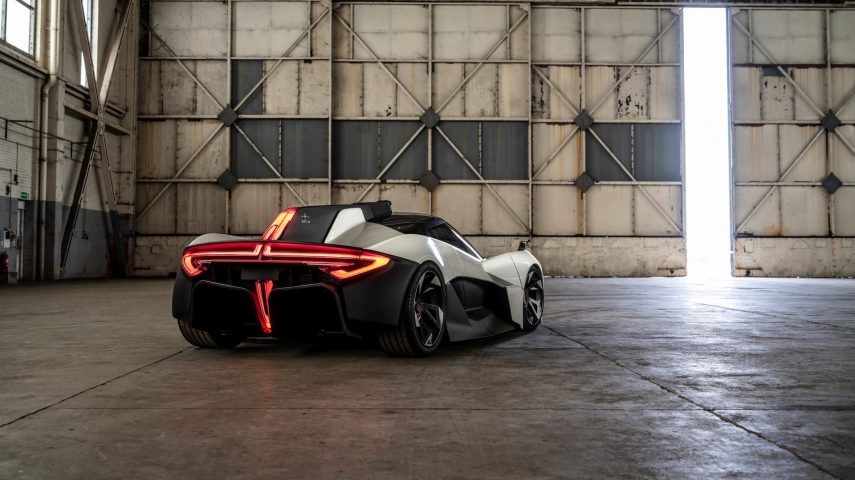
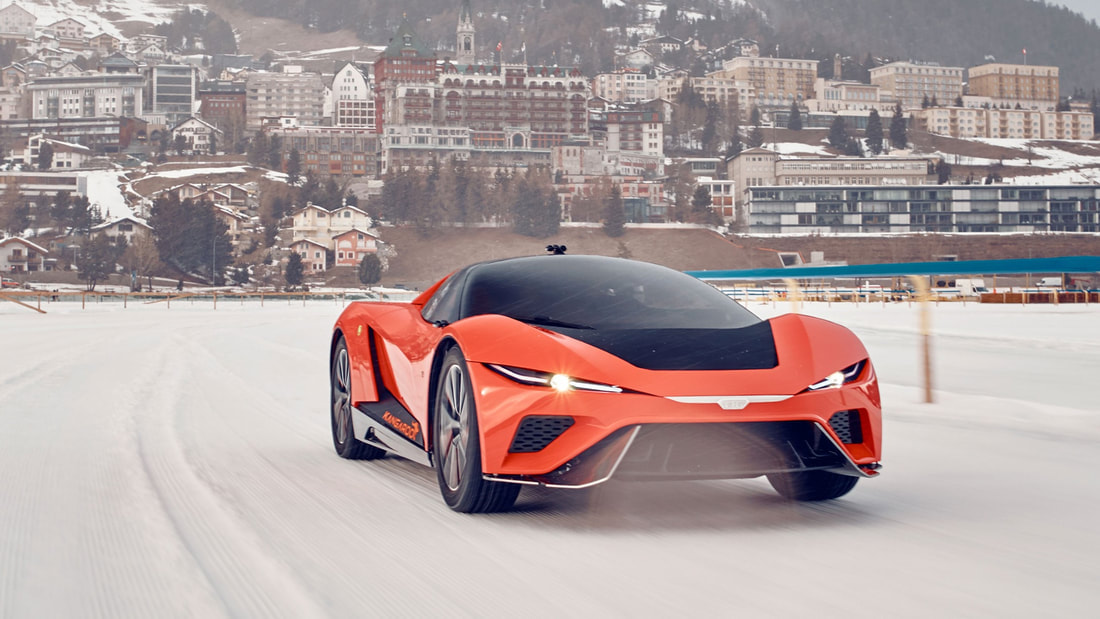
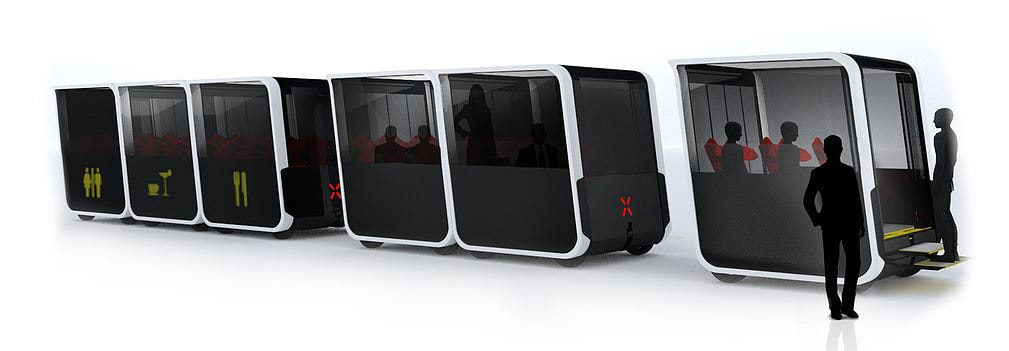
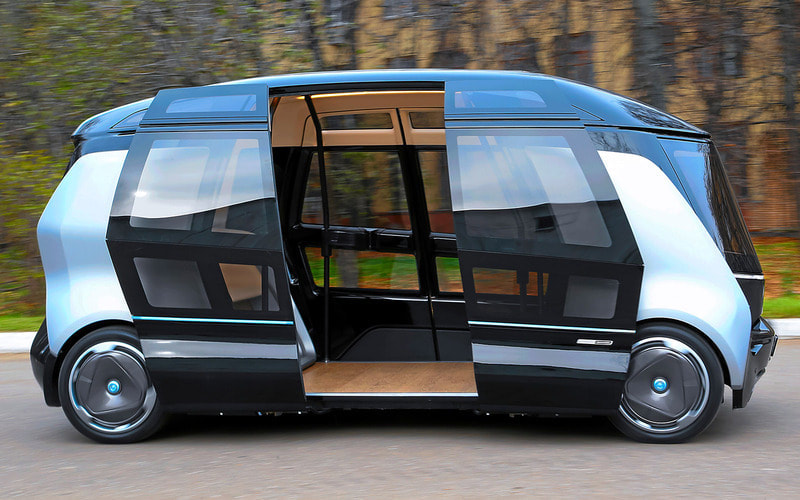
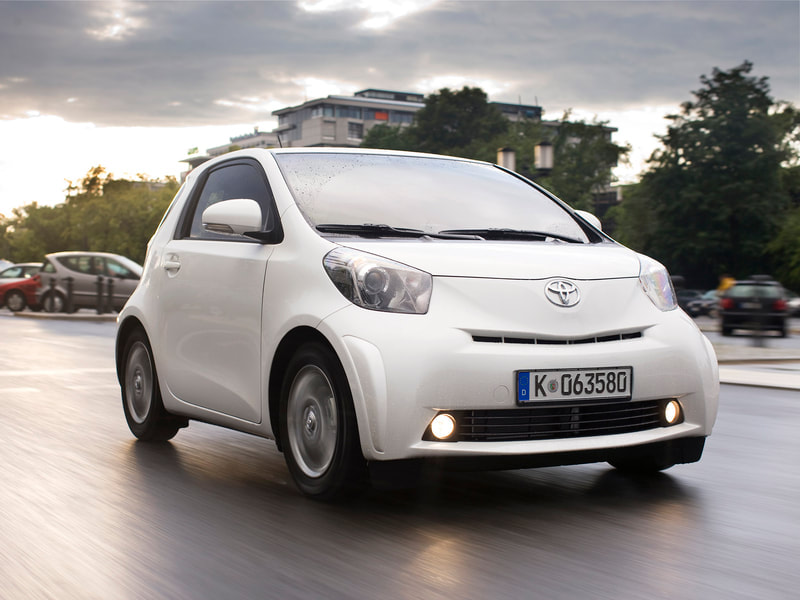
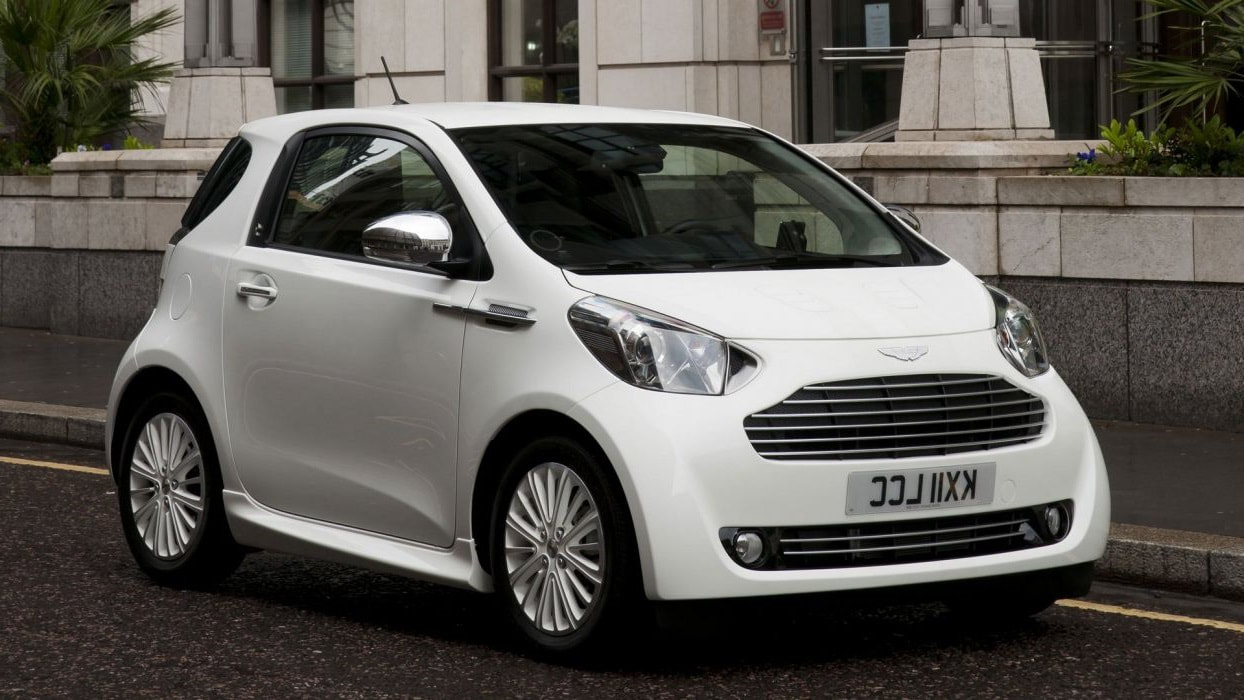
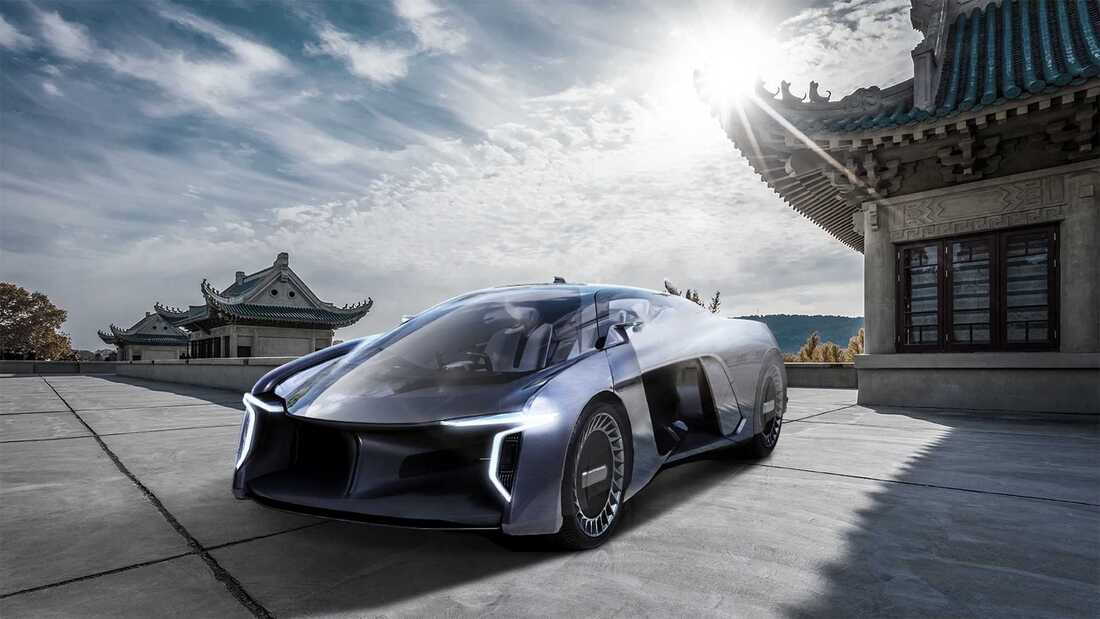
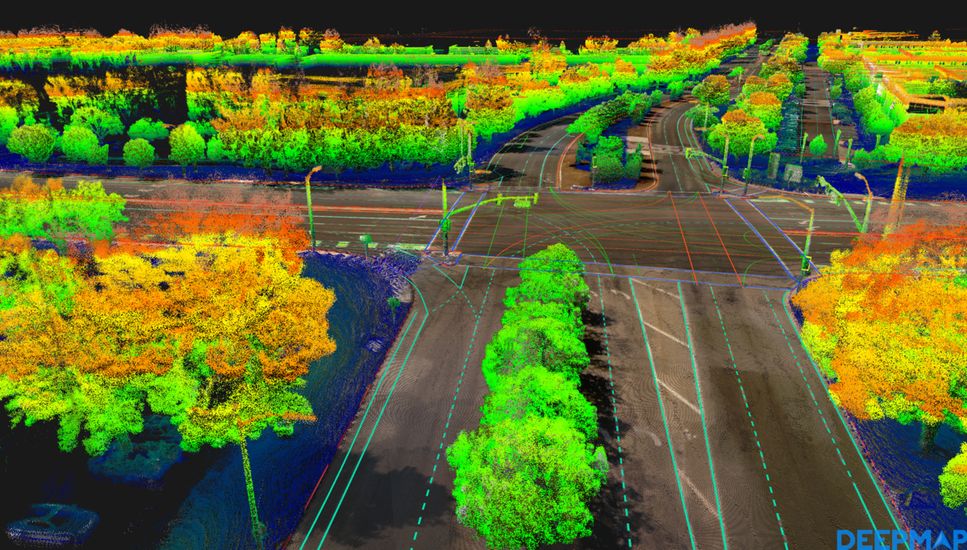
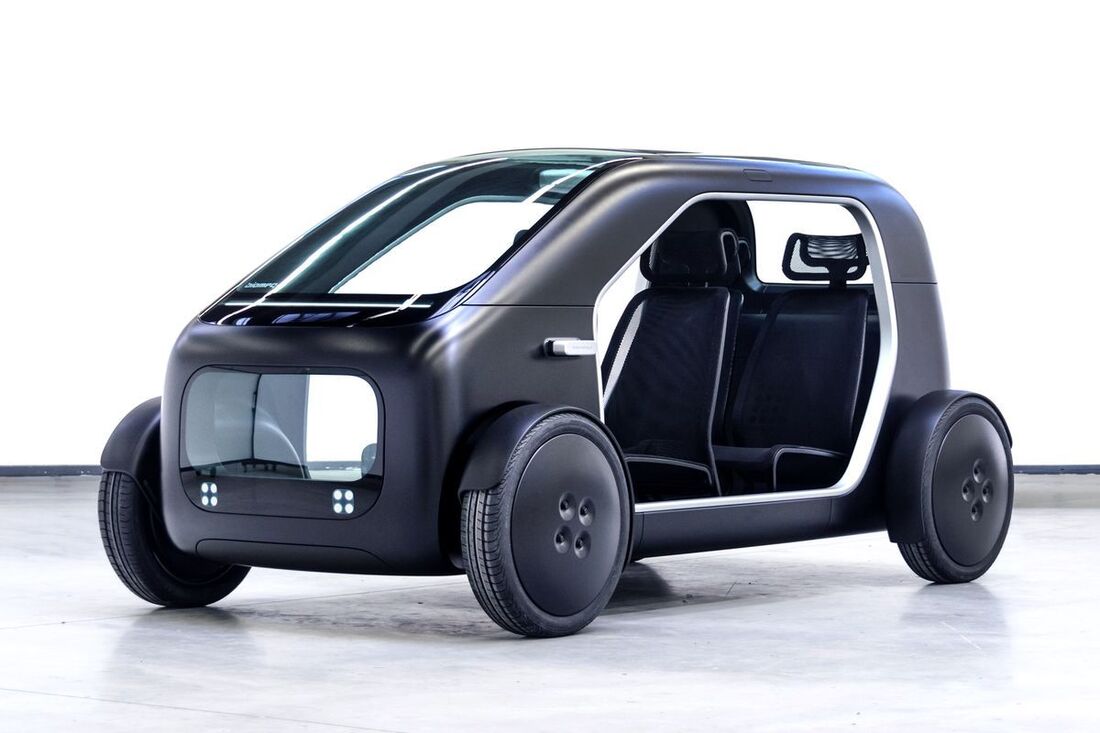
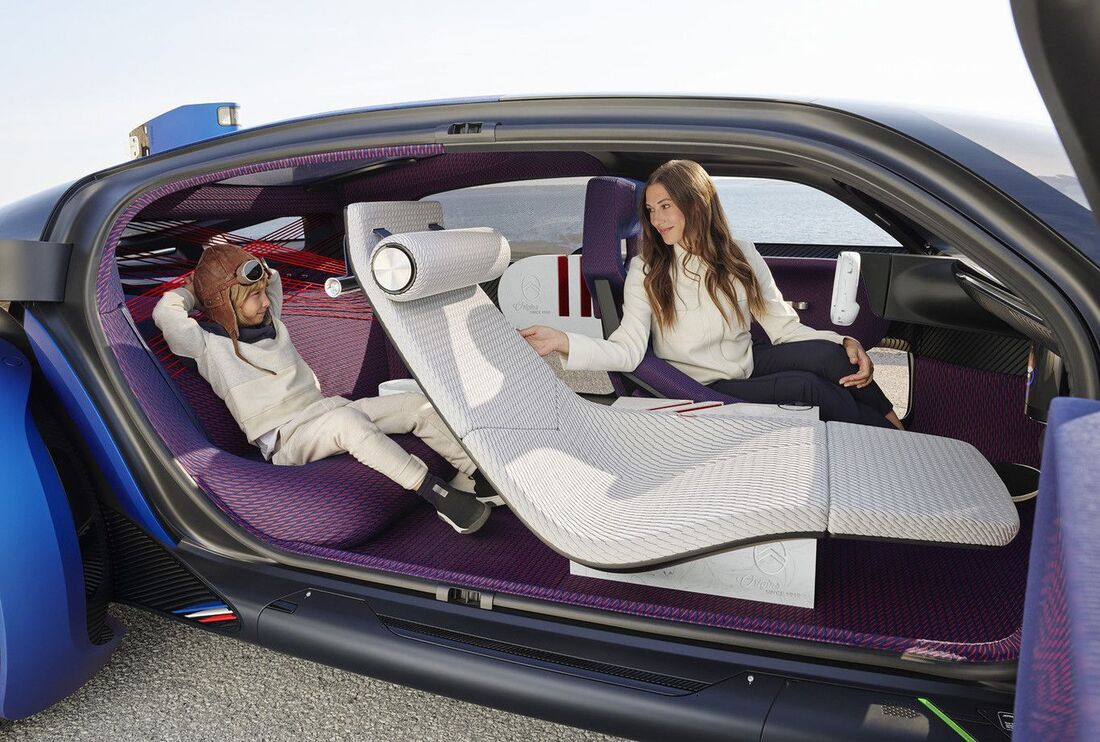
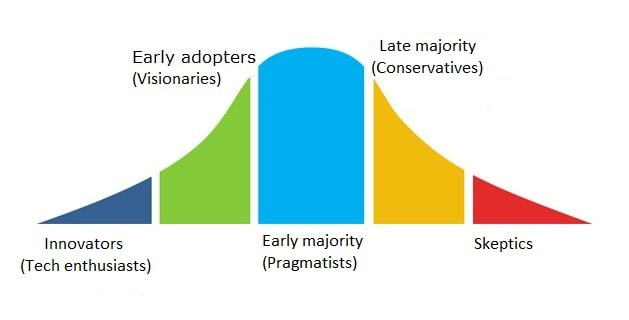
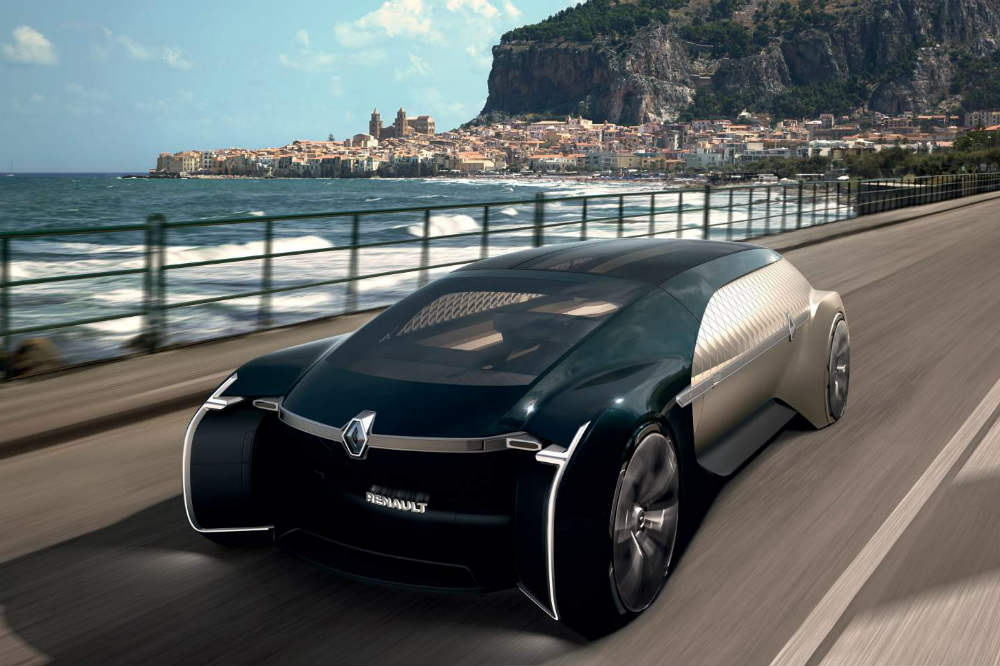
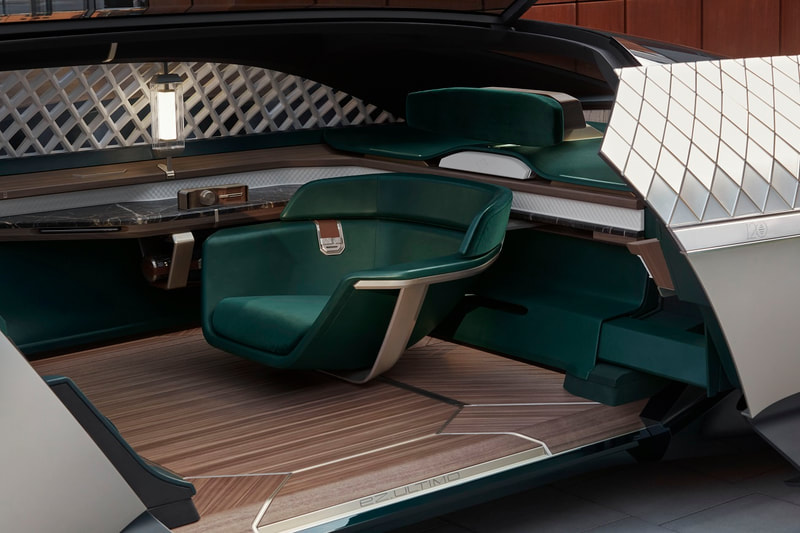
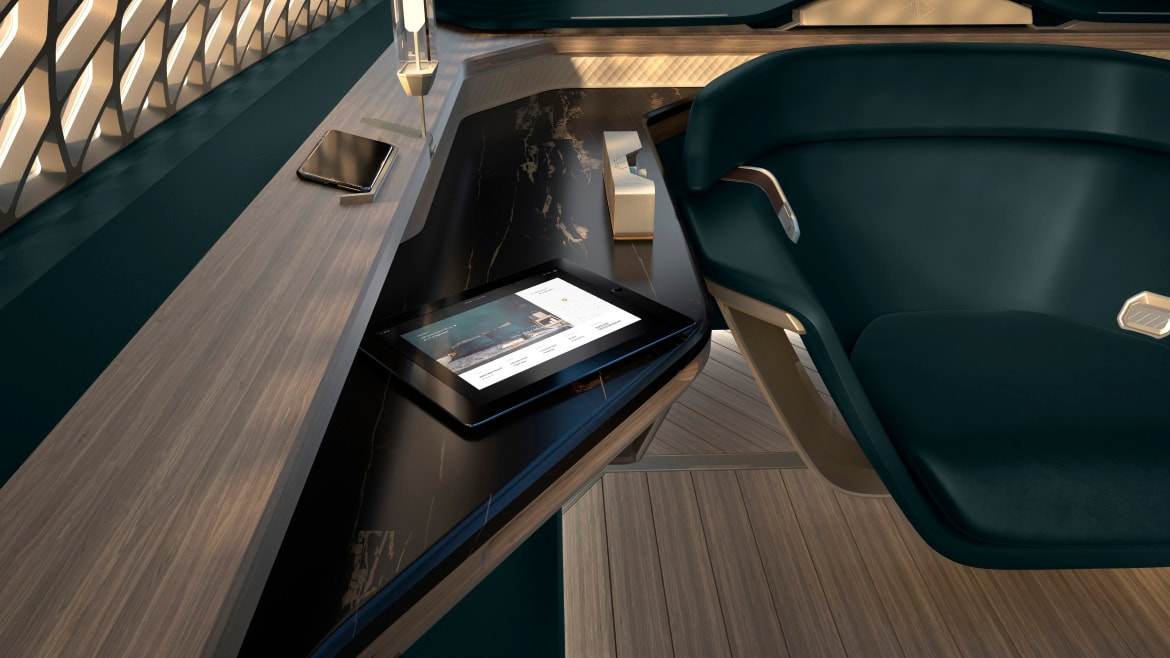
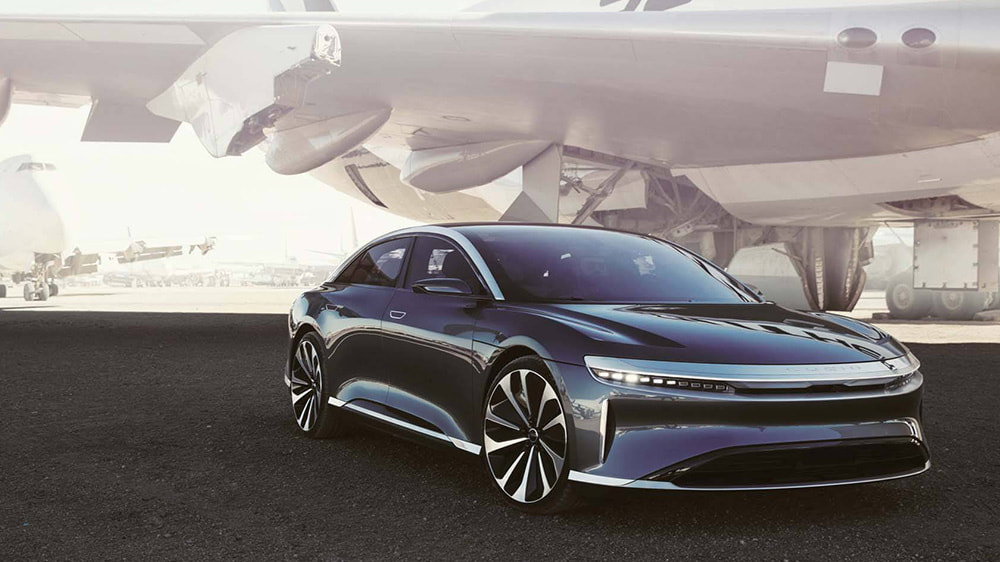
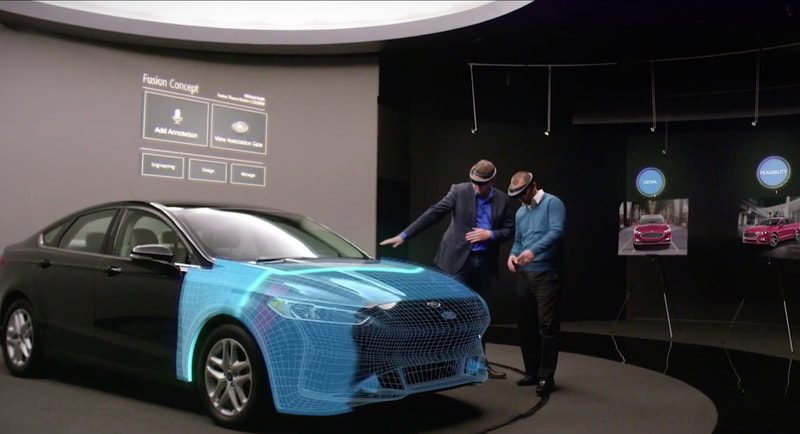
 RSS Feed
RSS Feed